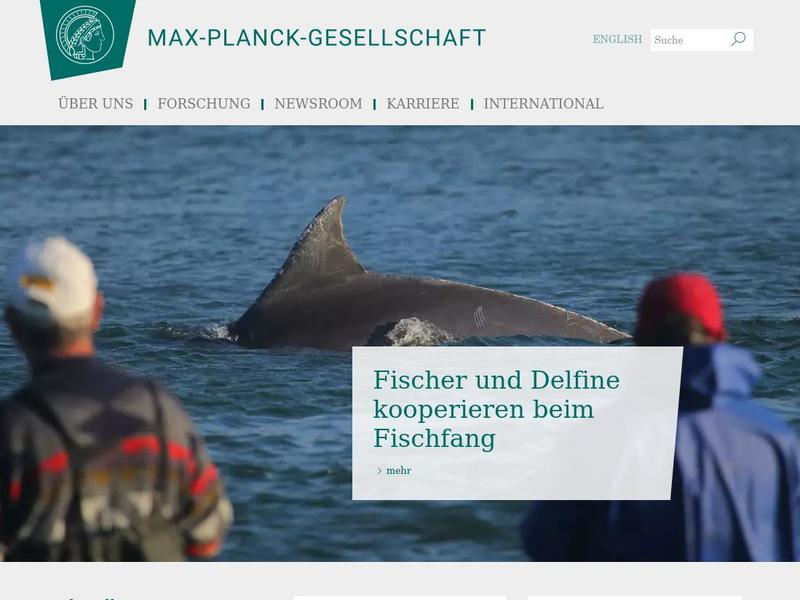Charge-density waves destroy the superconductivity in ceramic cuprates https://www.mpg.de/7684681/superconductivity_cuprates
There is a growing understanding of the conditions required for superconductivity and how it can be achieved at realistic temperatures.
that superconductivity in cuprates collapses at a maximum of minus 135 degrees Celsius

